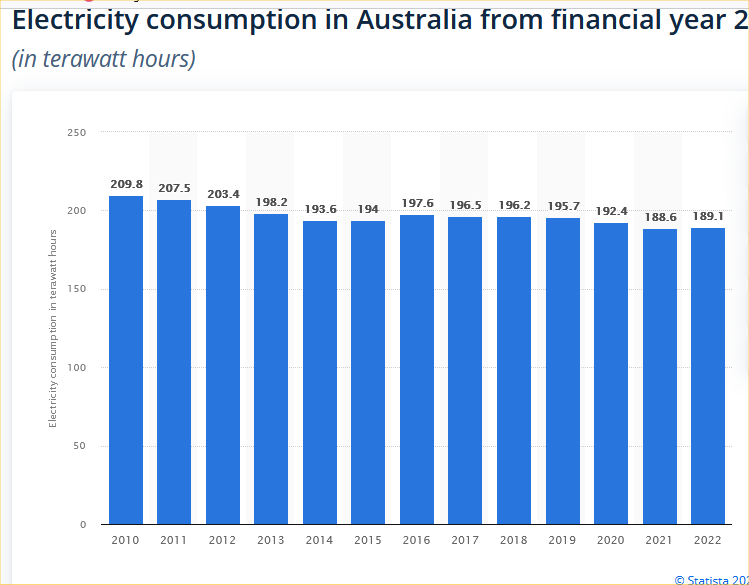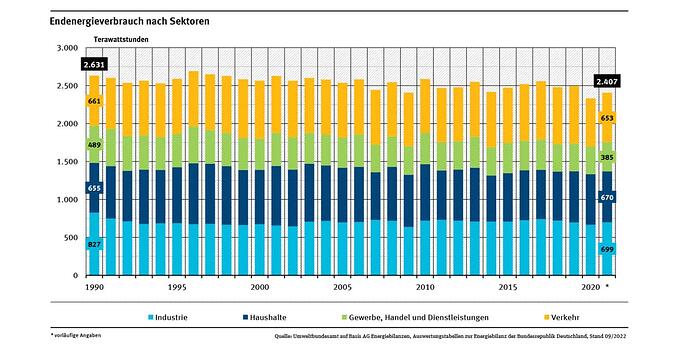This YT video is an eye opener. Who knew that the internet had such an impact on our environment.
It becomes even (much) worse now with “chatCPT” being available. Additionally the “computation” of bitcoins consumes huge amounts of energy as well.
You know I studied computer science and have been working in the IT industry for nearly 30 years. Still being in the industry I am as shocked as you are.
Some countries (e. g. China) are even more digitalized than we are, at least that is what a couple of my friends who live in Shanghai tell me.
So, it’s your fault?
I am afraid yes ![]()
Thank you, knowing where the datum point is, is important.
Don’t you think it is striking that:
- everybody has replaced light bulbs with LEDs during the last 10 years,
- computers and notebooks consume much less power than 10 years ago,
- TVs consume much less power than 10 years ago,
- induction cookers consume much less power than regular cookers.
However the overall energy consumption in a country is rising?
Course I think that, but don’t want to, got other stuff to think about, until summat changes, will continue to think about other stuff. 
No one has ever answered the last lot of fundamental questions, not about to start asking some more. 
it’s not a surprise. My main worry is the lithium mess.
That isn;t the case though is it? Despite a rapidly growing population and a robustly growing economy energy consumption is down because of all these efficiency savings.
I chopped off part of the heading but it merely gives the years 2010 - 2022
Actually my house doesn’t have any LED lights at the moment I am still using those fluorescent things, they just seem to keep working. Come to think of it there might be one.
Oh, interesting to see the development in AUS. It really seems there is a decrease in energy consumption. Well, in AUS things seem to go the right way 
Here in Germany it is different. I fount this picture:
The dark blue area shows households (increasing consumption since 1990), yellow shows traffic, green is trade and services and light blue is industry. All are decreasing except households.
Before the LED and other energy saving light bulbs came up, we had light bulbs with minimum 40 Watt consumption, most had 60 or 100 Watts. Now each bulb consumes max. 11 Watt, more or less. TVs consume much less, also induction cooking fields.
Same for vacuum cleaners (  ).
).
So why the increase in the private area?



